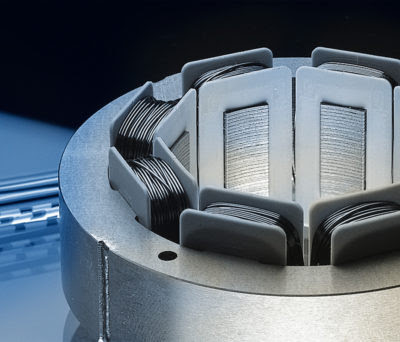Bearing unit types and their functions
Bearing units play a critical role in machinery, and selecting the right type of bearing is essential for ensuring the smooth operation of your machines. Bearings are used to support loads and reduce friction between two moving parts, allowing machines to operate efficiently and reliably. Choosing the right bearing unit can help extend the life of your machinery, increase productivity, and minimize maintenance costs. Before choosing a bearing unit type, it’s essential to understand the different types of bearing units available for use. Each type of bearing unit has unique features and specific advantages that make them suitable for specific applications. These bearing units include ball bearings, roller bearings, needle bearings, spherical bearings, and thrust bearings, among others. In addition, you must consider the shaft size, load conditions, and environment in which your machinery will operate when choosing your bearing unit. By understanding the various types of bearing units a



